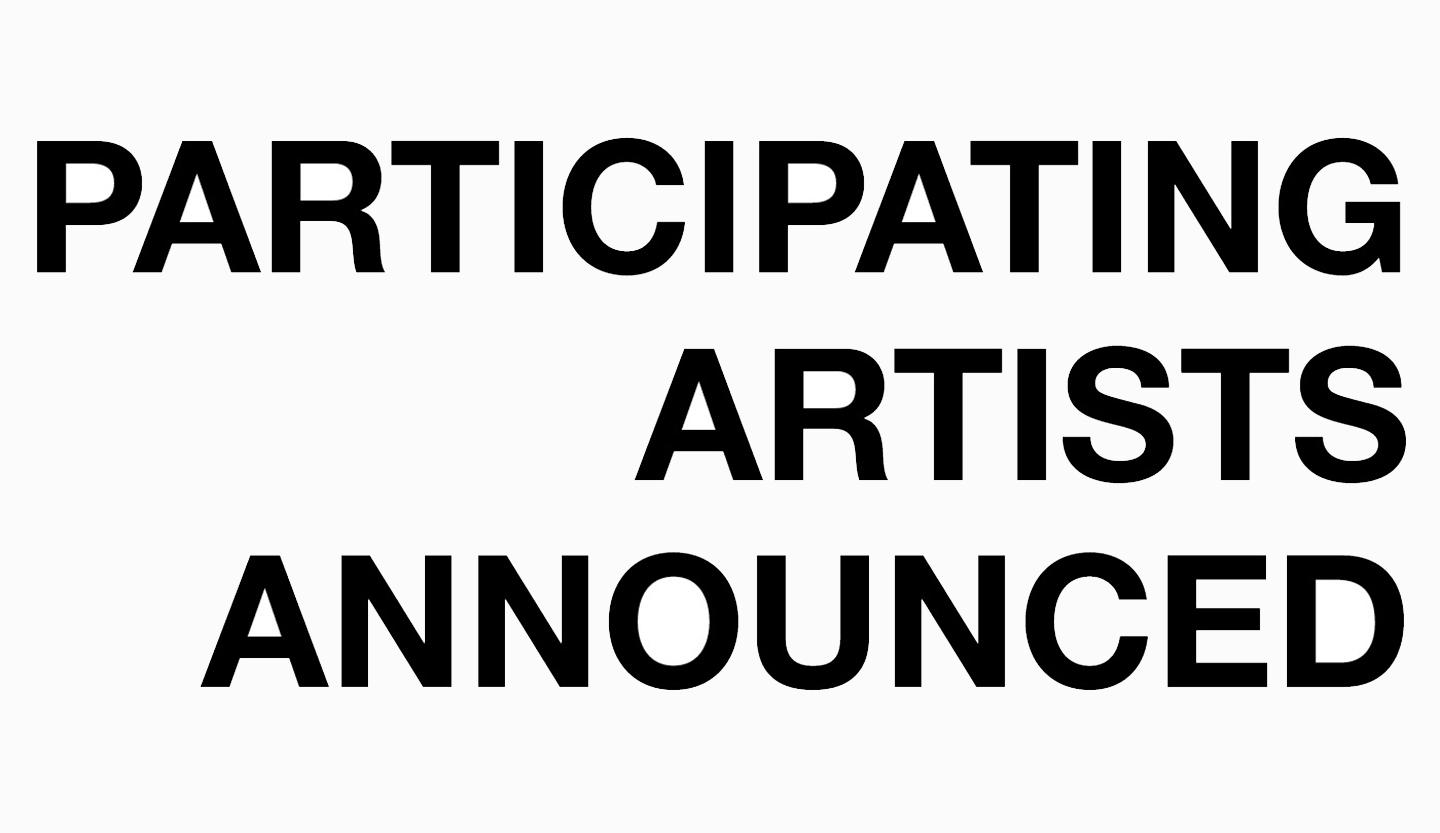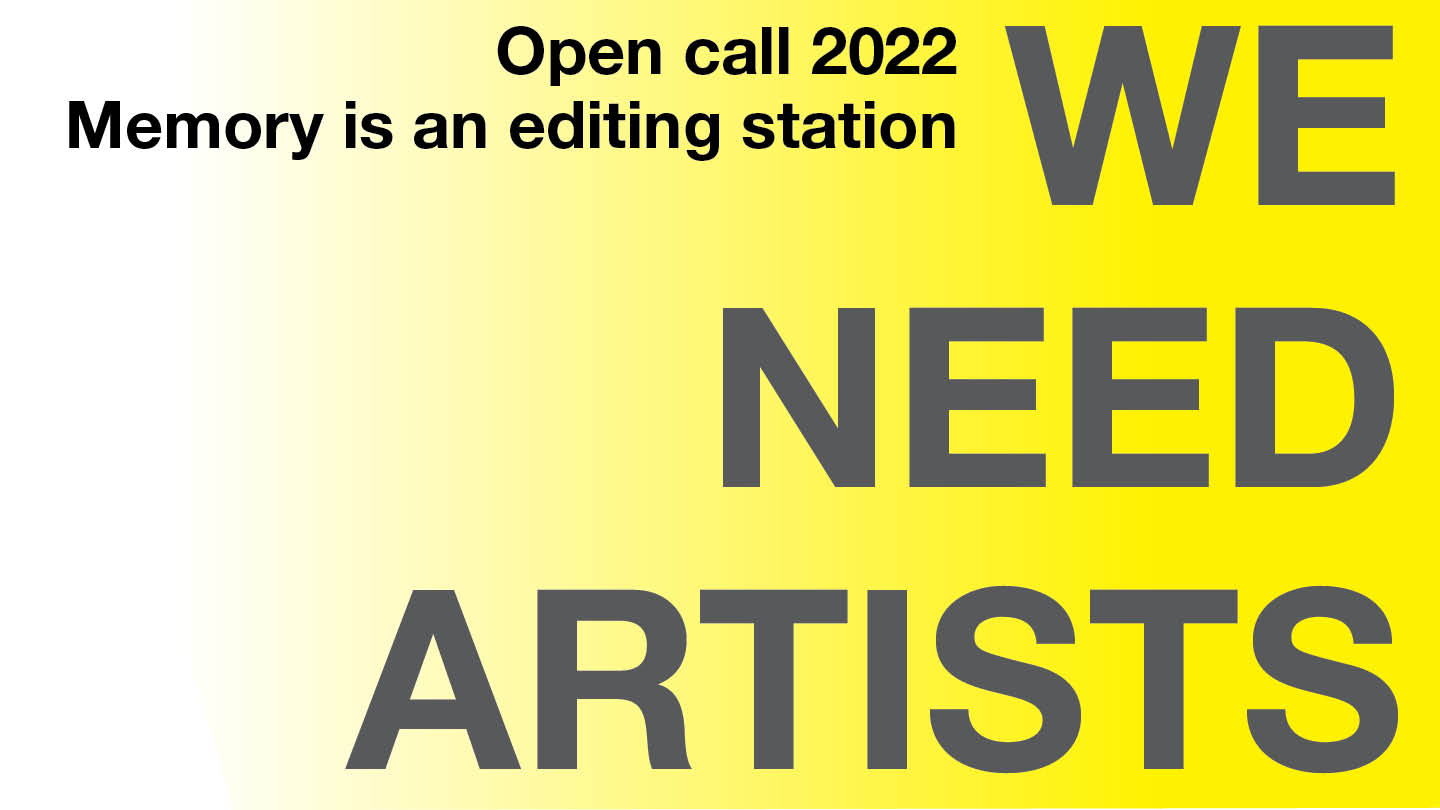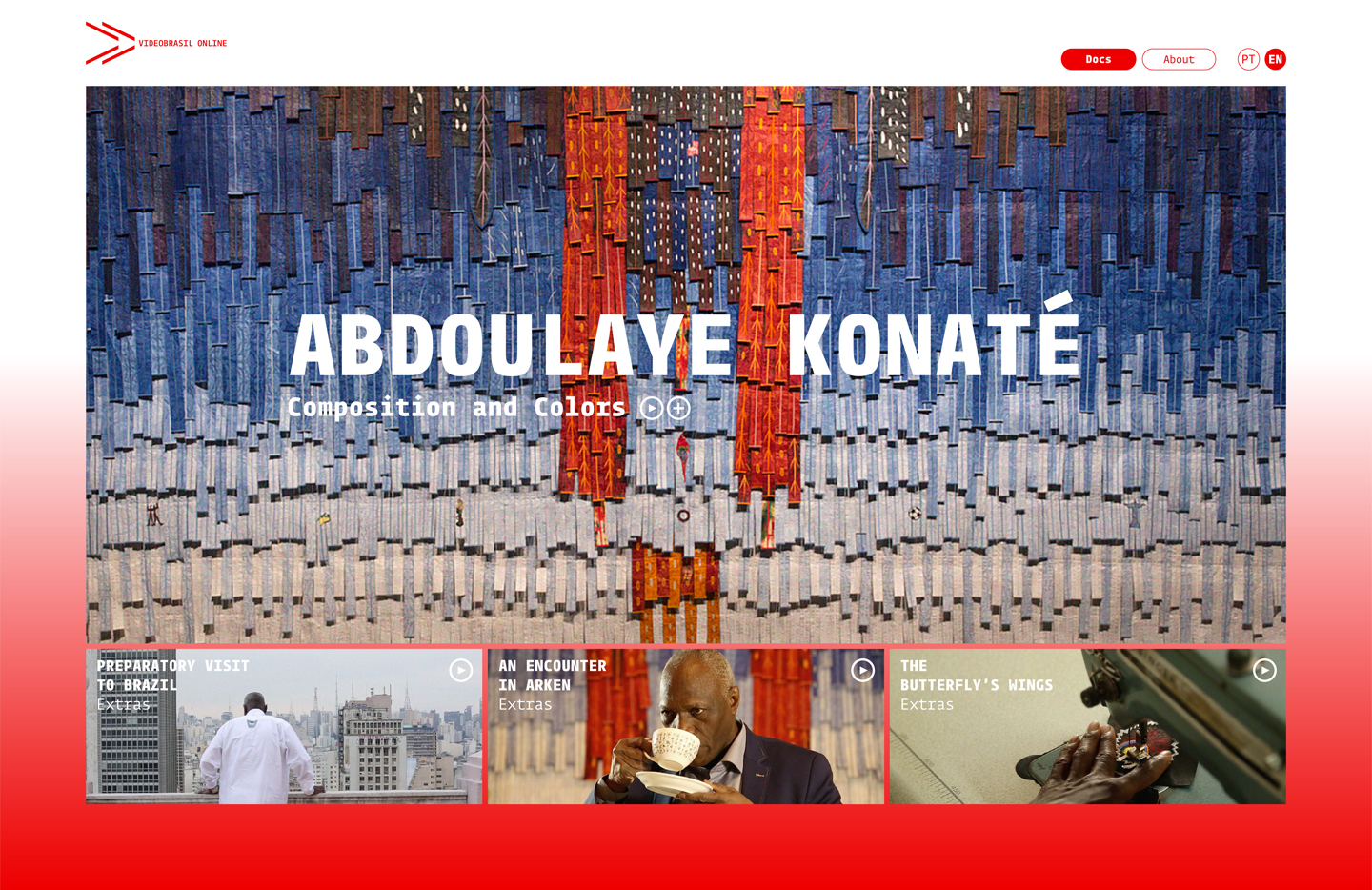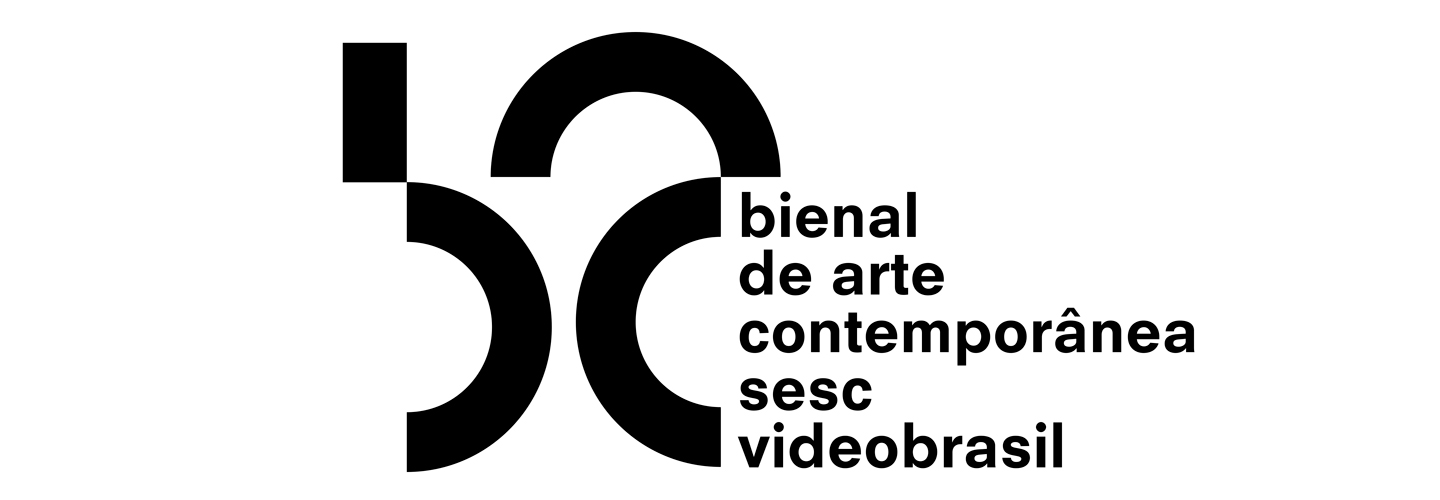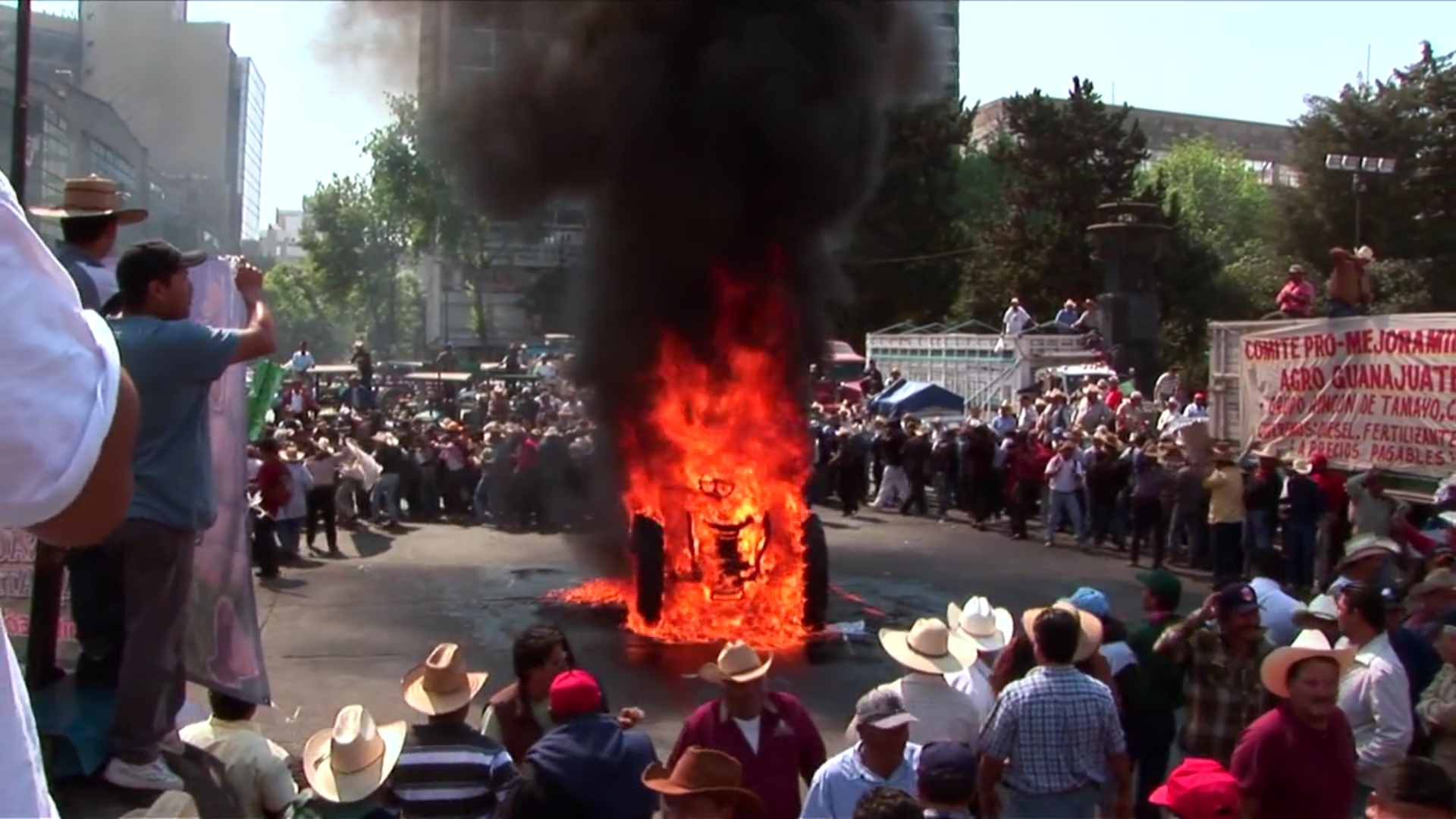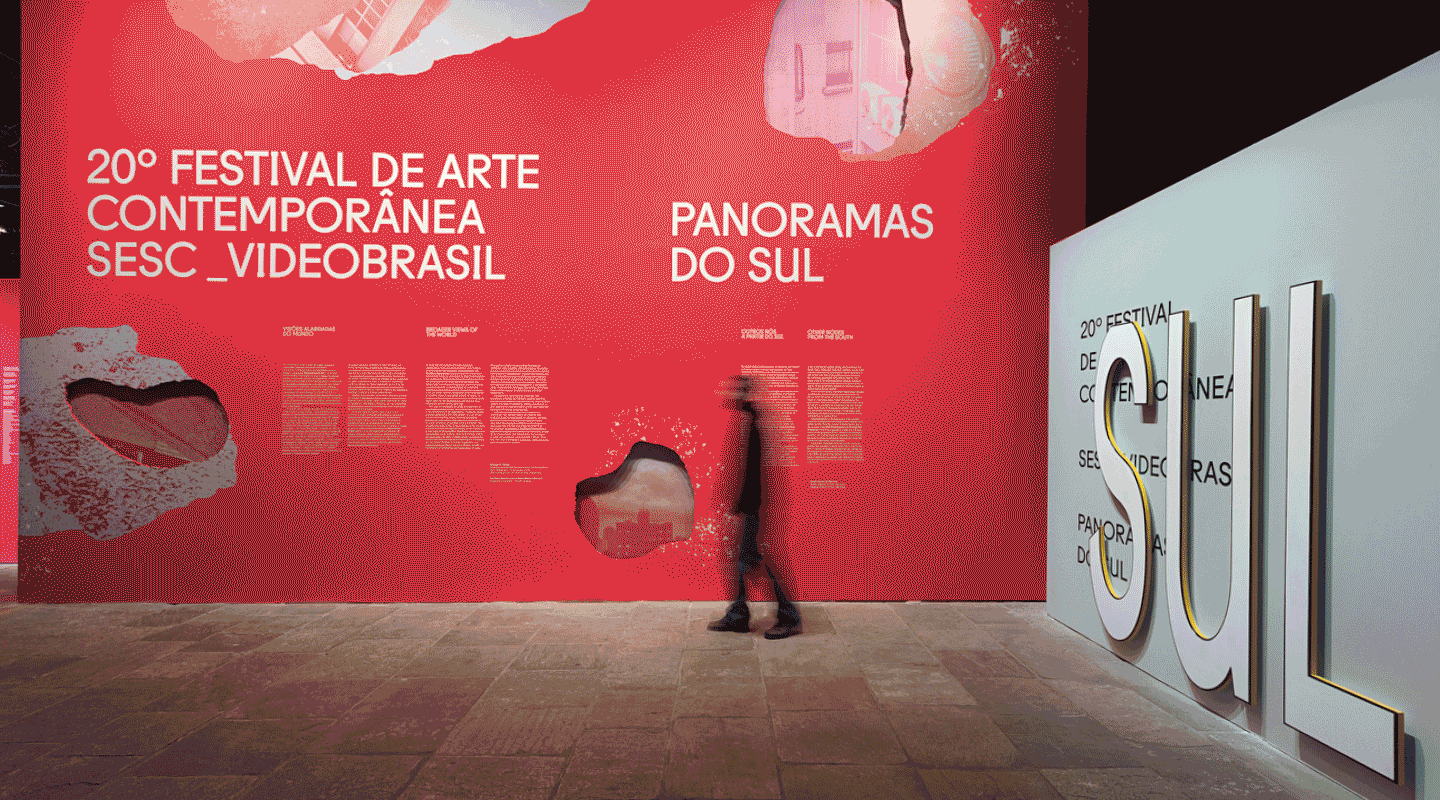Unerasable Memories
A Historic Look at the Videobrasil Collection
August 31–November 30, 2014
Opening: August 30
Sesc Pompeia
Rua Clélia, 93
Vila Pompéia
São Paulo – SP
Brazil
Curated by Agustín Pérez Rubio, the new director of Malba (Argentina), the show Unerasable Memories – A Historic Look at the Videobrasil Collection looks back on controversial and conflictual episodes based on the personal perspectives of renowned artists from Brazil and abroad, including Jonathas de Andrade, Rosangela Rennó, Akram Zaatari, Bouchra Khalili, Coco Fusco and Leon Ferrari.
From the “discovery” of Brazil by the Portuguese to the military coup d’état in Chile, including the September 11 attacks in the US, the Tiananmen Square Massacre in China, and the civil war in Lebanon… There are many ways one could recount—or attempt to erase—stories that are kept alive through the sensitivity and the art of myriad artists from those areas. The show Unerasable Memories – A Historic Look at the Videobrasil Collection features pieces that help retrieve events and conflicts often interpreted based on the official versions of those who came out the victors, yet still resist in personal narratives made public through art. The show is curated by Agustín Pérez Rubio, recently appointed as art director for Malba (the Latin American Art Museum of Buenos Aires, Argentina), who has pored over the institution’s collection to handpick 18 pieces of strong political and social content, at the invitation of Solange Farkas, curator, founder and director of Associação Cultural Videobrasil. The exhibition will present work by internationally known artists such as Lebanon’s Akram Zaatari and Walid Raad, the US’s Coco Fusco, Morocco’s Bouchra Khalili, Argentina’s León Ferrari and Brazil’s Rosangela Rennó and Jonathas de Andrade.
Following a guests-only opening on August 30, Unerasable Memories – A Historic Look at the Videobrasil Collection will remain open from August 31 to November 30 at Sesc Pompeia (São Paulo, Brazil). Enabled by a 20-year-plus partnership between Associação Cultural Videobrasil and Sesc São Paulo, the show is a continuation of the major international exhibits held in São Paulo in-between Festival editions, featuring pieces by artists of the likes of Joseph Beuys, Olafur Eliasson, Isaac Julien, Peter Greenaway and Sophie Calle. However, Unerasable Memories is a watershed event, since it is the first major exhibit based on the Videobrasil Collection, currently consisted of over 3,000 titles, including publications, documents and approximately 1,300 video works produced from the 1980s onwards, by artists from the Geopolitical South of the world—Videobrasil’s curatorial focus, comprised by countries in Latin America, the Caribbean, Africa, the Middle East, Eastern Europe, South and Southeast Asia, and Oceania. From an immersion into this complex and assorted universe, Agustín Pérez selected works sharing themes such as state violence, political borders and prejudice.
In Vera Cruz, Brazil’s Rosangela Rennó creates an “impossible film” about the discovery of Brazil, whose initial name was Ilha de Vera Cruz (Island of Vera Cruz). Inspired by the letter written by Pero Vaz de Caminha to the king of Portugal, the work recreates history from the common man’s vantage point. On film timeworn by the passing of half a millennium, all that is left is subtitles and the sailors’ astonishment with the New World. In This House, by Lebanon’s Akram Zaatari, unburies the past by depicting the personal implications of Israel’s invasion of a Lebanese village. Casa Blanca, produced by Argentina’s León Ferrari (in partnership with fellow countryman Ricardo Pons), is the recorded reenactment of a performance originally staged in the 1980s, in which earthworms crawl over the White House, symbol of the U.S. Executive Power. Government violence lies at the core of performance Bare Life Study #1 (2005), which United States native Coco Fusco presented in front of the US Embassy in São Paulo, and whose video recording is featured in the show. In Projecto Pacífico, Brazil’s Jonathas de Andrade creates a fictional piece in which Chile roams about the Pacific Ocean after being severed from the continent due to an earthquake. A cataclysm that is at the same time a violent solution, and a metaphor for political issues and national memory creation. From Morocco’s Bouchra Khalili, the exhibition presents Four selected videos from The Mapping Journey Project. In it, over the cold and precise outlines of a world map, immigrants narrate heartbreaking stories of displacement. Routes traced with pen and memories.
Unerasable Memories – A Historic Look at the Videobrasil Collection also includes artworks such as O Sangue da Terra, by Aurélio Michiles (Brazil), which addresses abuse and despise towards the indigenous community; Barrueco, by Ayrson Heráclito & Danillo Barata (Brazil), which portrays the slave trade period between Africa, Brazil, and other countries; Contestado, a Guerra Desconhecida, by Enio Staub (Brazil), on the early 20th-century agrarian struggles; Unforgettable Memory, by Liu Wei (China), on the Tiananmen Massacre; Lucharemos Hasta Anular la Ley, by Sebastian Diaz-Morales (Argentina), on the media overexposure of social conflicts; and A Letter to My Father – Standing by the Fence, by Carlos Motta (Colombia), about the attacks on September 11. The show also features work by Luiz de Abreu (Brazil), Vincent Carelli (from France, in partnership with Dominique Gallois, from Belgium), Dan Halter (Zimbabwe), Mwangi Hutter (Kenya), and Rabih Mroué (Lebanon)—check the full list of works below.
For the duration of the exhibition, meetings with artists, curators and researchers will also take place as part of the Public Programs, a set of strategies employed by Videobrasil to boost and extend the show’s reach.
About the curator
Agustín Pérez Rubio is a historian, art critic and curator. He has recently been appointed as art director of the MALBA – Museo de Arte Latinoamericano de Buenos Aires (Argentina) and is a former director of the MUSAC – Museo de Arte Contemporáneo de Castilla y León (Spain). Agustín has curated over 70 shows for leading institutions such as the Museo Nacional Centro de Arte Reina Sofía (Spain), and the Venice Biennale. He is a member of the CIMAM – International Committee for Museums and Collections of Modern Art, of the AICA – International Association of Art Critics, and of the IKT – International Association of Curators of Contemporary Art. He also creates public and educational programs, delivering lectures and seminars for organizations such as the Centre Georges Pompidou, in Paris, and the Independent Curators International (ICI), in New York.
Artists and artworks
Akram Zaatari, In this House, 2004 (Lebanon)
Ayrson Heráclito & Danillo Barata, Barrueco, 2004 (Brazil)
Aurélio Michiles, O Sangue da Terra, 1984 (Brazil)
Bouchra Khalili, Four selected videos from The Mapping Journey Project, 2008-2011 (Morocco)
Carlos Motta, Letter to My Father (Standing by the Fence), 2005 (Colombia)
Coco Fusco, Bare Life Study #1, 2005 (USA)
Dan Halter, Untitled (Zimbabwean Queen of Rave), 2005 (Zimbabwe)
Enio Staub, Contestado, a Guerra Desconhecida, 1985 (Brazil)
Jonathas de Andrade, Projecto Pacifico, 2010 (Brazil)
León Ferrari & Ricardo Pons, Casa Blanca, 2005 (Argentina)
Liu Wei, Unforgettable Memory, 2009 (China)
Luiz de Abreu, O Samba do Crioulo Doido, 2013 (Brazil)
Mwangi Hutter, My Possession, 2005 (Kenya)
Rabih Mroué, Face a Face B, 2002 (Lebanon)
Rosangela Rennó, Vera Cruz, 2000 (Brazil)
Sebastian Diaz-Morales, Lucharemos Hasta Anular la Ley, 2004 (Argentina)
Vincent Carelli & Dominique Gallois, A Arca dos Zo’e, 1993 (France/Belgium)
Walid Raad, The Loudest Muttering is Over: Documents From The Atlas Group Archive, 2003 (Lebanon)


